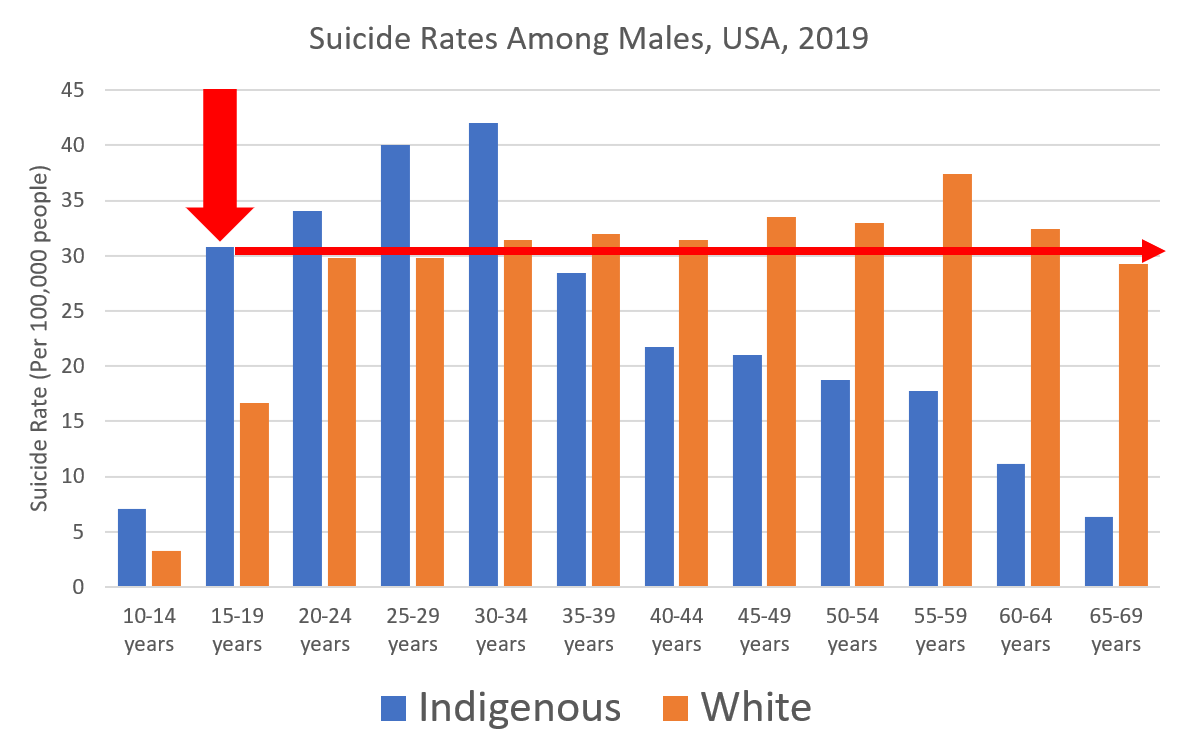
To any survivors of those who died by suicide:
The incorrect and stigmatizing messages of "warning signs" & mental illness made you feel guilt you shouldn't bear.
You did nothing wrong.
You didn't miss anything.
The death you grieve was complex and unpredictable.
/1
The incorrect and stigmatizing messages of "warning signs" & mental illness made you feel guilt you shouldn't bear.
You did nothing wrong.
You didn't miss anything.
The death you grieve was complex and unpredictable.
/1
Our brains do terrible things to us when we know someone dies of suicide: straight line cause connections (always wrong), fantasies of rescue (rarely possible), and imagined hindsight-driven redoing (never testable).
You did your best with your knowledge, skills, and position.
You did your best with your knowledge, skills, and position.
The best advice I can give about "warning signs": they are over-broad and useless to you.
Instead:
1) check in on people you care about
2) express your concerns when you see it
3) let people you know your willingness to help them
4) be genuinely kind and compassionate to people
Instead:
1) check in on people you care about
2) express your concerns when you see it
3) let people you know your willingness to help them
4) be genuinely kind and compassionate to people
(if you want to reduce suicide #s)
5) materially support people who are marginalized, racialized, impoverished if you can
6) demand your government make suicide reduction a priority
5) materially support people who are marginalized, racialized, impoverished if you can
6) demand your government make suicide reduction a priority
• • •
Missing some Tweet in this thread? You can try to
force a refresh















